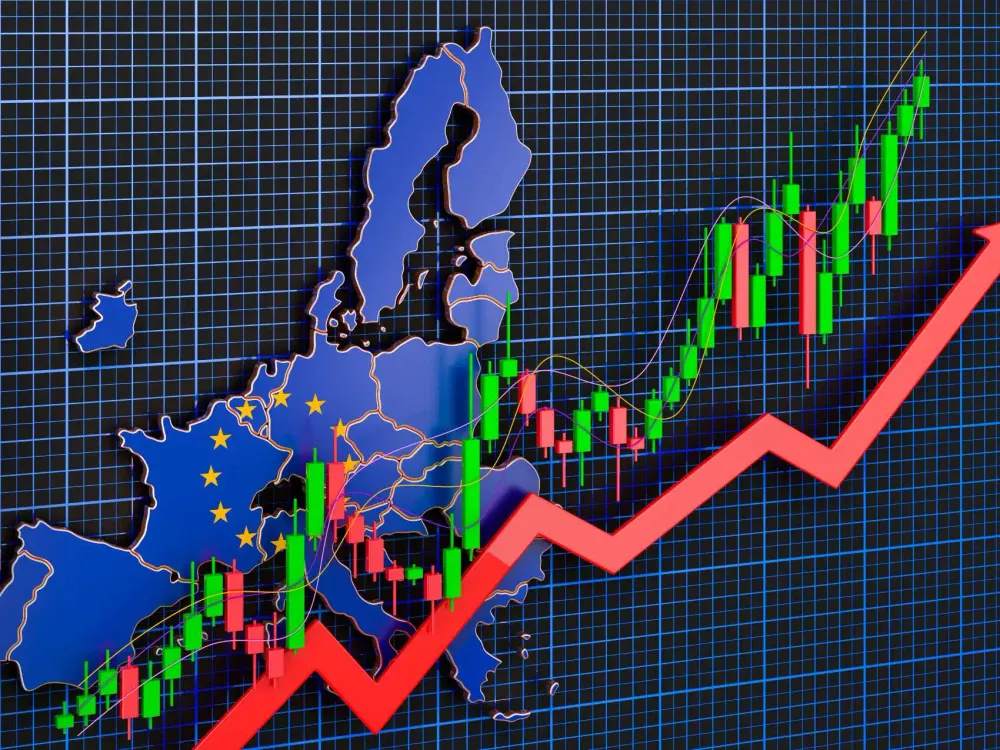Introduction: The Importance of Economic Trend Analysis
In today’s interconnected global economy, the ability to analyze economic trends is a critical skill for businesses, policymakers, and individuals alike. Understanding the dynamics between various economic parameters allows for informed decision-making, whether it’s shaping business strategies, crafting economic policies, or managing personal finances. This guide explores the fundamentals of economic trend analysis, including key indicators, methodologies, and practical applications, to help you navigate the complexities of the economic landscape.

Section 1: What Are Economic Trends?
Economic trends refer to the general direction in which an economy is moving over a specific period. These trends can be broadly categorized into three types:
- Upward Trends (Growth): Characterized by increasing economic activity, rising GDP, and improved employment rates.
- Downward Trends (Recessions): Marked by declining economic activity, falling GDP, and higher unemployment.
- Stable Trends: Indicate little to no significant change in economic conditions.
Analyzing these trends goes beyond simply observing data; it involves understanding the underlying factors driving these shifts. For businesses, this knowledge informs strategic decisions such as investments, hiring, and product development. Policymakers rely on trend analysis to design effective economic policies, while individuals use it to make informed financial decisions.
Section 2: Key Economic Indicators to Monitor
To effectively analyze economic trends, it’s essential to track key indicators that reflect the health and direction of an economy. Here are five of the most important indicators:
- Gross Domestic Product (GDP): Measures the total value of goods and services produced within a country. A primary indicator of economic growth or contraction.
- Unemployment Rate: Represents the percentage of the labor force that is unemployed and actively seeking work. Reflects the state of the job market and overall economic health.
- Inflation Rate: Measured by the Consumer Price Index (CPI), it tracks the percentage change in the price level of goods and services. Affects consumer purchasing power and economic stability.
- Consumer Confidence Index (CCI): Gauges how optimistic or pessimistic consumers are about their financial future. Influences spending habits and economic activity.
- Manufacturing and Services PMIs (Purchasing Managers’ Indexes): Provide insights into the economic activity levels in the manufacturing and service sectors. Values above 50 indicate expansion, while values below 50 suggest contraction.
Section 3: Data Collection and Analysis Techniques
Once you’ve identified the relevant indicators, the next step is collecting and analyzing data. Reliable sources such as government agencies, international organizations, and reputable financial institutions are essential for accurate data.
Here are three common techniques for analyzing economic data:
- Statistical Analysis: Uses statistical methods to identify patterns and relationships in data sets. Techniques like regression analysis help determine how variables interact.
- Time Series Analysis: Examines data points collected or recorded at specific time intervals. Helps identify trends over time and forecast future movements.
- Comparative Analysis: Compares economic indicators or trends across countries, regions, or time periods. Provides additional context and insights into global or local economic conditions.
Section 4: Interpreting and Presenting Findings
Interpreting data is just as important as collecting it. Effective analysis should yield insights into the direction of economic trends, the factors influencing them, and predictions for future behavior.
To communicate findings clearly, consider using visual tools such as:
- Graphs and Charts: Simplify complex data and highlight key trends.
- Infographics: Make data more engaging and accessible to a broader audience.
Crafting well-structured reports or presentations that outline findings and recommendations can significantly aid decision-making processes for businesses and policymakers.
Section 5: Conclusion
Analyzing economic trends is a multifaceted process that requires a deep understanding of key indicators and robust analytical techniques. By mastering these skills, individuals, businesses, and policymakers can make informed decisions in an ever-changing economic landscape. Whether you’re strategizing for your business or formulating sound economic policies, the ability to analyze economic trends is an invaluable asset in today’s dynamic world.
